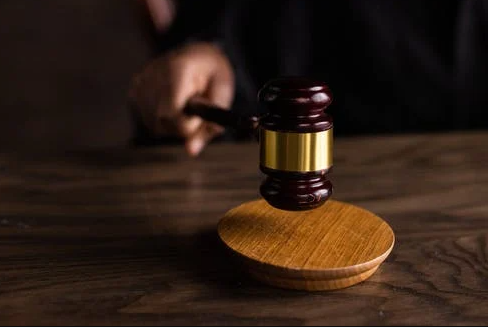This past Friday, the choice of one federal appeals court to maintain a policy from a Florida school district that bans trans students from making use of the bathroom that goes along with their chosen sex could result in a total massive battle within the U.S. Supreme Court over the very touchy issue.
As expressed in the 7-4 decision, the 11th U.S. Circuit Court of Appeals stated that the school board policy from St. Johns County which blocked a biological female that identifies as a male from making use of the high school’s boys’ restroom does not in fact violate the constitutional right to equal protection of the student nor their Title IX, a federal law which states that schools are not allowed to discriminate students based upon sex. This ruling from the court presents differently from substance from a 2020 finding from the 4th Circuit striking down another policy out of Gloucester County, Virginia.
“Given the countervailing decision of the Fourth Circuit in G.G. v. Gloucester County, there is now a conflict in the circuits that could prompt a Supreme Court review,” expressed Jonathan Turley, a law professor out of George Washington University.
The court ruled 7-4 against a statutory and constitutional challenge of a transgender student to a district policy requiring students to use bathrooms corresponding to their biological sex… https://t.co/YppVW9Kius
— Jonathan Turley (@JonathanTurley) December 31, 2022
As read in the decision meted out this past Friday, the court ruled against Drew Adams, the plaintiff that was required to make use of a gender-neutral, single-stall bathroom or to use the girls’ bathrooms while going to school at Nease High School. As a former state Supreme Court justice from Florida, Judge Barbara Lagoa stated in the decisions majority opinion that such a policy was created to safeguard the privacy of students.
“The school board’s bathroom policy is clearly related to — indeed, is almost a mirror of — its objective of protecting the privacy interests of students to use the bathroom away from the opposite sex and to shield their bodies from the opposite sex in the bathroom, which, like a locker room or shower facility, is one of the spaces in a school where such bodily exposure is most likely to occur,” stated Lagoa.
The choice came down to a vote along party lines as Republican appointees Chief Judge William Pryor and judges Elizabeth Branch, Andrew Brasher, Britt Grant, Robert Luck, and Kevin Newsom all went along with Lagoa’s opinion. All of those who dissented had been appointed by Democratic presidents.
Judge Jill Pryor, as one of the dissenting voters, stated that the policy meant that Adams “was forced to endure a stigmatizing and humiliating walk of shame — past the boys’ bathrooms and into a single-stall ‘gender neutral’ bathroom.” She stated that the court majority “labels Adams as unfit for equal protection based on his transgender status.”
In her opinion, Pryor chose to adopt the gender theory argument that biological sex and gender identity are not the same thing.
“To start, the majority opinion simply declares — without any basis — that a person’s ‘biological sex’ is comprised solely of chromosomal structure and birth-assigned sex,” concluded Pryor.
It has been expressly stated by the U.S. Supreme Court that it was not going to rule on the transgender restroom issue during its 2020 decision from Bostock v. Clayton County. In that case, a majority 6-3 ruled that it is entirely impossible to discriminate against any person based on their gender identity or sexual orientation without discriminating based on sex. Adams made ample use of that ruling when they brought the cast up against the school district in Florida, despite the fact that the high court explicitly stated it did not apply to school restroom policies.

